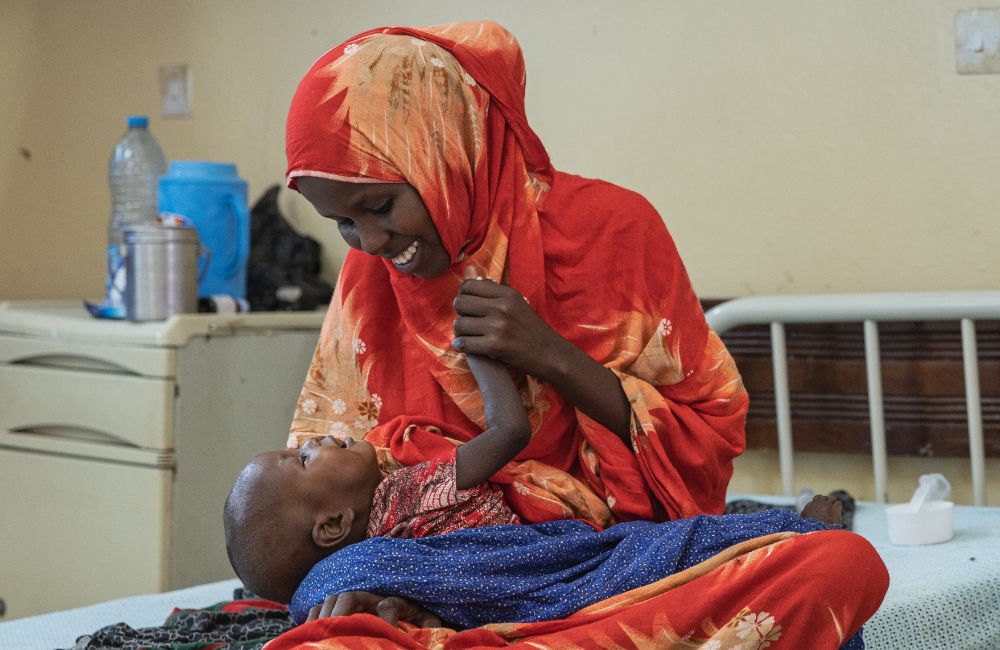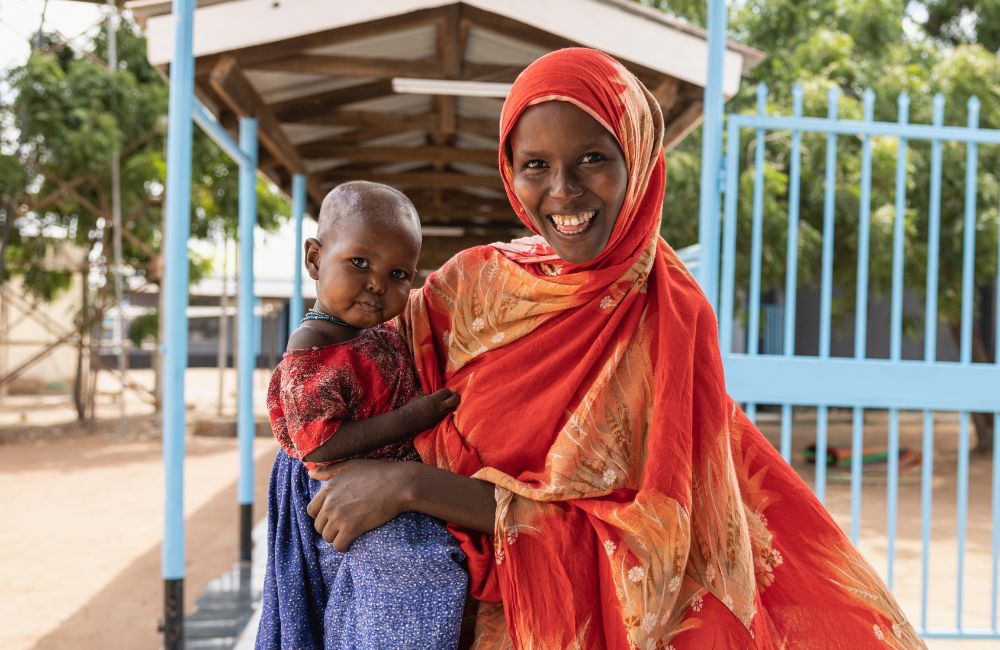Addressing the challenge with honesty and empathy
Discussing malnutrition with children can be challenging, but images of hungry children in the media and online can lead to curiosity and concerns. However, with an empathetic, respectful and informative approach to the subject, you can keep the conversation safe and suitable for their understanding.
What is malnutrition?
Malnutrition is not just about hunger; it's a broader issue encompassing both undernutrition and overnutrition. It's vital to explain that malnutrition means not getting the right kinds of nutrients necessary for a healthy body and mind.
Causes and effects of malnutrition
A variety of factors lead to malnutrition. For many children around the world, it's caused by food insecurity or the inability to access nutritious food. In other cases, it could be a lack of knowledge about nutrition or specific food preferences limiting nutrient intake.
With older children, you could even discuss the physical, mental, and emotional impacts of malnutrition, such as muscle wasting, stunted growth, weakened immune systems, and challenges in learning and performing at school.
Empathy towards those affected
Build empathy by sharing age-appropriate stories about children affected by malnutrition. Discuss the stigma associated with hunger and the importance of compassion instead of judgment towards those facing such challenges. This helps children develop a compassionate outlook towards others in difficult situations.

In North-West Kenya, Saadia,* faced a harsh reality when a severe drought destroyed her livelihood,
and her two-year-old daughter, Aisha,* fell ill due to malnutrition.
How can we help?
Involve children in actionable steps to address malnutrition. This could include writing letters to local lawmakers, participating in food drives, or organising fundraisers. Emphasise that their actions, no matter how small, can make a difference.
Healthy eating habits
Use this opportunity to educate about the importance of a balanced diet. Discussing healthy eating habits and involving children in cooking can foster an understanding of nutrition and its role in preventing malnutrition.
Open discussion and questions
Encourage children to ask questions and express their thoughts about malnutrition. Be honest in your responses and admit when you don't have all the answers. Engaging in open-ended discussions can help children understand the issue more deeply and think critically about potential solutions.

Aisha received vital medical attention and nutritious food paste from a Save the Children-supported Hospital.
“She has gained weight and is getting stronger,” says Saadia.
Malnutrition is a complex issue, but through open, honest, and empathetic conversations, we can educate children about its impacts and ways to contribute positively. This approach not only raises awareness but also empowers children to be part of the solution.
Photos: Esther Mbabazi / Save the Children.
*Names have been changed to protect identities.